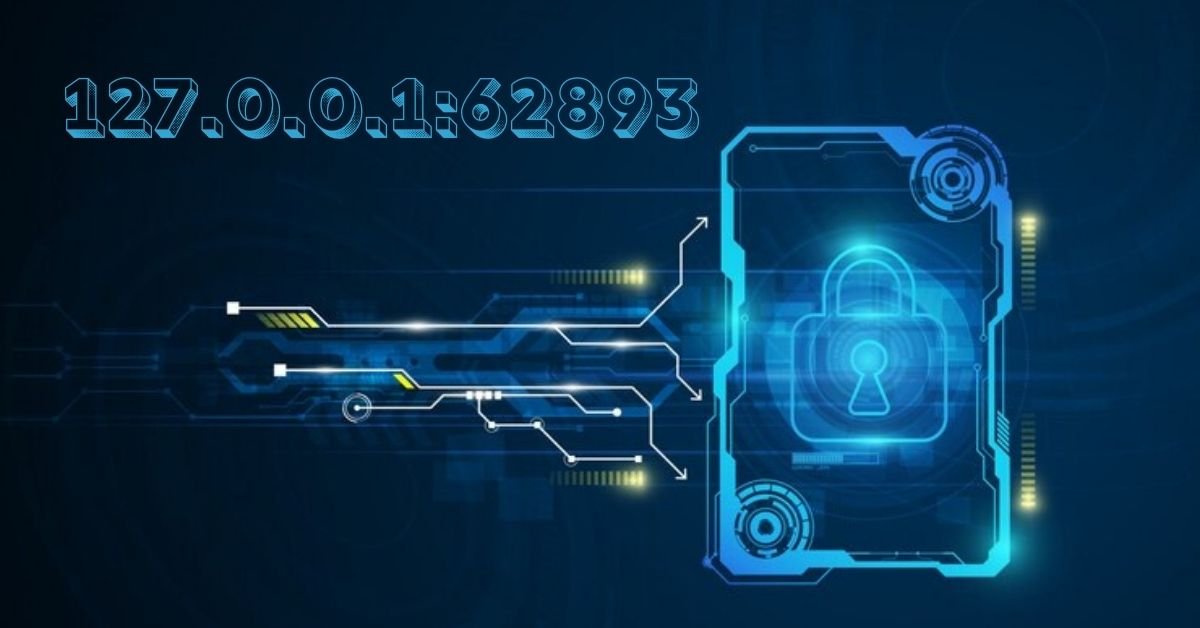When navigating the world of networking and computing, you may come across IP addresses and port numbers that seem cryptic at first glance. One such address is 127.0.0.1:62893. Understanding what this address represents and its significance in networking can help demystify some of the complexities of computer systems. This article delves into the meaning of 127.0.0.1:62893, its uses, and its importance in various applications.
What is 127.0.0.1?
The IP address 127.0.0.1 is commonly known as the localhost. It is a loopback address, meaning it refers back to the host itself. When you use 127.0.0.1, you are essentially directing traffic to your own computer. This address is used to test networking applications and services without the need for external network access. It helps in diagnosing network issues and developing software in a controlled environment.
The Concept of Localhost
The localhost is a hostname that means “this computer” in networking. It allows network services to be tested and run on the local machine without needing to connect to the internet or another network. By using the localhost, developers and network administrators can simulate network interactions and troubleshoot issues efficiently.
What is a Port Number?
In networking, a port number is a numerical identifier in the transport layer protocols like TCP and UDP. It helps distinguish between different services and processes running on the same IP address. Ports allow multiple services to use the same IP address but different endpoints, ensuring data is directed to the correct application.
Understanding Port 62893
A random port number used for a variety of reasons is port 62893. Specific services use specific ports; for example, HTTP uses port 80 and HTTPS uses port 443; the total number of ports can be anything from 0 to 65535. Applications developed specifically for use in development and testing environments often make use of port 62893. It’s not associated with any standardized service, making it versatile for different use cases.
How 127.0.0.1:62893 is Used
Software Development and Testing
Developers often use the address 127.0.0.1 with different port numbers, such as 62893, to test their applications locally. This setup allows them to simulate how their applications will behave on a live server without exposing their work to the internet. It’s a safe environment for debugging and refining software.
Network Troubleshooting
Network administrators use the localhost address for troubleshooting network issues. By running diagnostics on 127.0.0.1, they can determine if problems are local to the machine or related to the broader network. Port 62893 can be used to test specific applications or services and ensure they are functioning correctly.
Learning and Experimentation
For those learning about networking and server management, 127.0.0.1:62893 provides a hands-on way to experiment without the risk of affecting other systems. Students and enthusiasts can set up local servers, create test environments, and gain practical experience in a controlled setting.
Setting Up a Local Server
To set up a local server using 127.0.0.1:62893, follow these steps:
- Install a Web Server: Choose a web server software like Apache, Nginx, or a lightweight server like Python’s SimpleHTTPServer.
- Configure the Server: Edit the configuration files to specify the IP address (127.0.0.1) and the port number (62893).
- Run the Server: Start the server software. It should now listen for connections on 127.0.0.1:62893.
- Test the Connection: Open a web browser and navigate to http://127.0.0.1:62893. If everything is set up correctly, you should see your web server’s default page or your application’s interface.
Security Considerations
While using 127.0.0.1 is generally safe because it doesn’t expose your applications to the internet, it’s essential to consider security when developing software. Ensure your applications are secure even in a local environment to prevent vulnerabilities when deployed live. Always sanitize inputs and follow best practices for security.
Common Issues and Troubleshooting
Server Not Responding
If your server isn’t responding on 127.0.0.1:62893, check the following:
- Ensure the server software is running.
- Verify the configuration files are set to use the correct IP address and port.
- Check for firewall settings that might block the port.
Port Conflicts
If another application is using port 62893, you might experience conflicts. Use a different port number or close the conflicting application to resolve this issue.
Conclusion
Understanding the significance of 127.0.0.1:62893 helps demystify how local networks and development environments operate. This localhost address and port number combination is a powerful tool for developers and network administrators, enabling safe testing, troubleshooting, and learning. By leveraging 127.0.0.1:62893, you can effectively develop and manage applications in a controlled and secure manner.
FAQs
What is 127.0.0.1?
127.0.0.1 is the loopback IP address, commonly known as the localhost, referring to the host machine.
What is a port number?
A port number is a numerical identifier used in networking to distinguish between different services and processes on the same IP address.
Why use 127.0.0.1:62893?
Using 127.0.0.1:62893 allows for local testing and development without exposing applications to the external network.
How do I set up a local server on 127.0.0.1:62893?
Install a web server, configure it to use the IP address 127.0.0.1 and port 62893, and start the server.
What are common issues with 127.0.0.1:62893?
Common issues include the server not responding and port conflicts, often resolved by checking server settings and ensuring the port isn’t already in use.











